Tips for Choosing a Natural Building Course
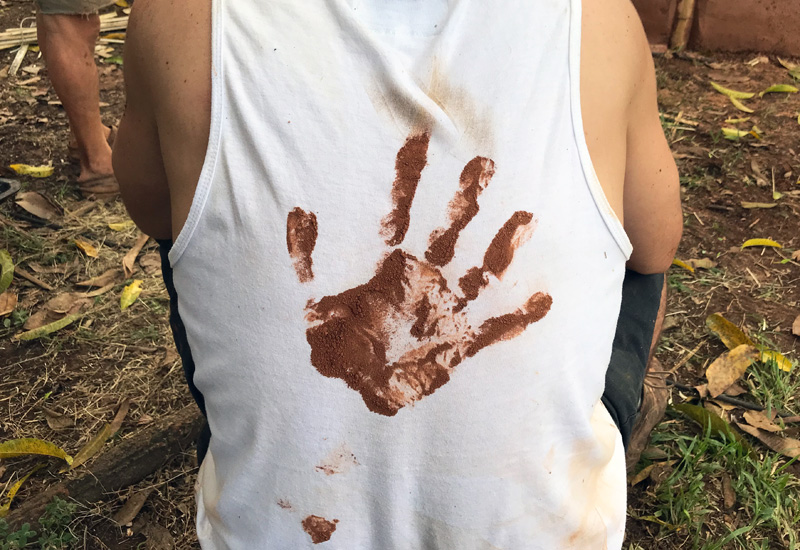
I’ve just finished a couple of week-long natural building courses in Costa Rica – one that was exceptionally excellent that focused on timber framing, and another on bamboo that just wasn’t a good fit for me and led to one of the more boring weeks of my life. Seeing an awesome course contrasted with a less awesome one was a big eye opener and it got me thinking about how they’re definitely not all created equal for all people. It seems so obvious now but I feel like if I’d asked better questions, I would have had a better experience due to a change in expectations.
If you’re considering taking a natural building course of any type, don’t make any assumptions! There are all sorts of courses with different goals, teaching styles, locations, materials, levels of physical difficulty, and more, so be sure to do a bunch of research and ask a lot of questions so you don’t end up spending your time and money on something that doesn’t fit.
I’ve written this handy dandy list of questions to help people find a natural building course that’s will hopefully be a great experience all around. Please take a look and hopefully it’ll help you find a course that you love! Or, at the very least, I hope my this article helps you avoid courses that aren’t a good fit for you because they’re not cheap and nobody wants to throw their money away or waste their time on a crappy course.
Ok, here goes. Brace yourself! She’s a long one…
Do you really need to take a course at all?
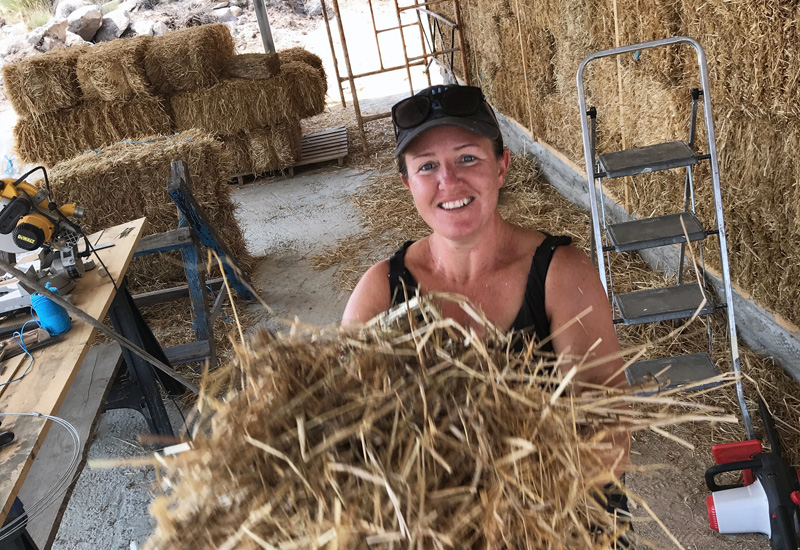
Some people love the structured and supported learning environment that comes with taking a course, but others are fine learning in the less formal setting of being a volunteer on an actual build. If you have zero experience then it might not be wise to jump straight in as a volunteer, but a lot of natural building is very accessible and intuitive and many projects are set up to be run with volunteer labour. So if you can find a place that seems like they’ll be patient with newcomers and if you’re realistic about the types of jobs you’ll be doing (more hauling things than fine carpentry, for example), then a work exchange or chipping in purely as a volunteer could be a good fit. Helping out on friend’s project or finding a build on a website like Workaway or Help Exchange (both require paid annual memberships but it’s totally worth it, especially Workaway) could be a perfect way of dabbling in the world of natural building without having to commit to the cost of a course.
Or if you’ve already taken lots of courses, ask yourself what your goals are and maybe another one isn’t the best choice. After gaining a decent amount of experience, I think it’s a good idea to look at what your goals are and then assess what your next step should be. I find that most people on courses are curious folks who have a dream of perhaps one day building their own home. Their goals might be different than someone who hopes to work as a builder in the industry or start their own design business, for example. Once you’ve got a few courses under your belt, take stock and see what the best next steps will be that are in line with your goals. Maybe you’re ready to start experimenting on your own? Or perhaps a longer and more in-depth study and build opportunity or an apprenticeship programme is a better fit?
Before blindly signing up for a course just be aware that there are lots of other options that might work better for you, depending on your circumstances.
How much time and money do you have?
Bah! Practical stuff is boring but knowing how much time and cash you have to throw at a course is a pretty basic starting point. Natural building courses have become quite popular and you’ll find a massive range of options – near and far, long and short, pricey and more affordable. Knowing how much time and money you’re willing to put in is a good starting point and will help narrow down all of the options that are out there these days.
Depending on where you live, you might be lucky and find people, schools, or communities who offer courses locally. There are lots of great things happening all over the UK, for example. Oregon, British Colombia, and Central America also seem to be hives of activity with lots of courses on offer. If you’re looking for something short and affordable, first have a look for something local. You might be surprised at what you find that’s been right under your nose the whole time! If you’re not lucky enough to have cool things on your doorstep or if you’d prefer to travel and make a trip out of the whole experience, you’ll have to incorporate that choice into your time and money budgets. Have a look at my Teachers, Schools, and Communities page to see what’s happening around you and globally.
Figuring out what length of course you’re interested in is another obvious first step. You’ll find that weekend and week long (well, six days usually) courses are the most common but there’s a huge range. The course that I’ll be taking in March/April 2020 in the Azores is fives weeks and there’s a four month build with many elements of a course rolled into it with Hartwyn that I’ll apply for one of these days. Think about what you’re hoping to get out of the course – knowledge, a fun social event, getting to try something new, furthering your studies and experience in a more in-depth way, or something else. Longer courses are more likely to be for people more serious about natural building where short courses are often more of an introduction to the materials so consider this when you’re choosing.
Who is the course taught by and how much experience do they have?
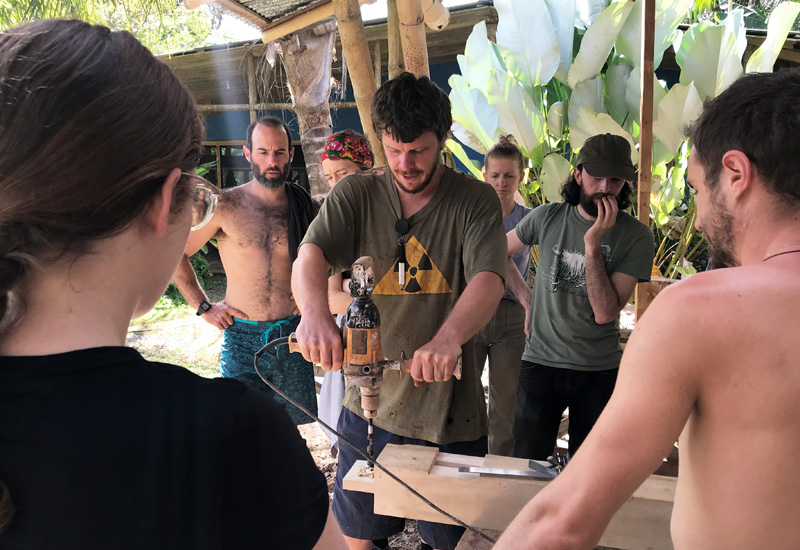
Nic from Rancho Mastatal demonstrates drilling technique on their timber framing course.
If you’re as semi-obsessed with natural building as I am, you start to see the same names popping up again and again in articles, interviews, and on podcasts. There are plenty of people who have become public figures in the industry and there are many more who have been plugging away for many years, leading courses quietly without too much fanfare. There will also be people who are relatively new to natural building and who feel like they’re ready to teach after taking courses and gaining what they feel is enough practical experience.
You will find better and worse instructors in all categories, but knowing something about the teachers and their levels of experience will help you to manage expectations. If I were to pay for a course with a very well-known natural plasterer, for example (probably paying a premium for the privilege), my expectations would be different than if I were to take a weekend course with someone in my area who is running their first ever course. I would hope the standard would be excellent for any course I decide to take, but it’s worth trying to learn a bit about the teacher (their experience, previous work, etc) before you commit, especially for a long course.
What information do they have online about their course?
I’ve found that lots of courses have an information page set up to answer as many questions as possible. It’s always a positive sign that a course will be well-organised when their website and online information are clear, up to date, and thorough. The five week cob course I’m taking in March and April with Cruzin’ Cob Global in the Azores has one of the best examples of online information that I’ve seen. The instructor does an excellent job of anticipating questions and making sure everything is laid out and very clear so that she gets the right type of students and everyone is happy.
To me, this is the sign of a course that will be well-structured and teacher who will be organised (I’ll be on the course so I’ll report back at the end of April!) and if I don’t find an info page or if it’s out of date and disorganised then that would ring some alarm bells for me. Make sure to carefully read through any info that’s provided before you bombard your instructor with more questions!
Which natural materials will you learn about?
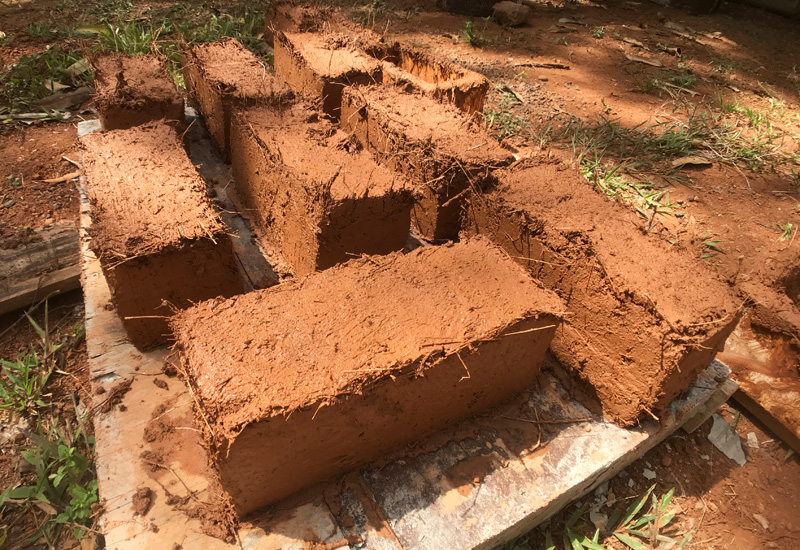
Adobe bricks (about 15 x 15 x 25 cm in size) drying in the sun.
Before you commit to a course (especially a long one) do some research first about the materials of choice. It’s impossible to know what you like and dislike if you have zero experience, but materials and methods that bring joy to one person might cause another person to want to poke their own eyeballs out. For example, I hate working with earth bags (superadobe), so I would never join a course with an emphasis on building with them. I love straw bale and timber framing, however, and I’d very happily take a long, more focused courses that uses only these materials.
If you don’t yet know what materials you like then I’d advise you to find a natural building course that’s more of an intro to many different materials. The courses run by my friend Barbara in Portugal, for example, touch on a lot of different materials and methods. The main building we worked on during her course was in straw bale with some carpentry but we also spent time making the building’s foundation using earth bags and worked on smaller projects involving cordwood, cob, wattle and daub, and finishing plasters including lime. Lots of natural building courses seem to be done in a style that’s an introduction to many different methods and then, once you find what you like best, you can seek out more in-depth courses using the materials you prefer.
What specific things will you learn about?
If there’s something specific that you’re hoping to learn, don’t assume that a course will teach it – make sure to ask! It’s quite likely that a plaster course will cover lime plasters but if that’s what you’re hoping to learn about – ask to be sure. If you’re taking a course that sells itself as a full start-to-finish build and you’re especially excited about learning how to make a foundation, make sure you ask to be sure this is also covered. If you’re taking a cob course but also want to learn about adobe bricks, double check this is included.
In short, if there’s an element of natural building that you’re especially interested in, make sure you double check to see that it will be taught in whatever course you’re looking at taking. Sometimes teachers get behind and certain parts of a course can get cut out, or sometimes you might make assumptions about things that you think should be taught but aren’t – so always check this if you’re going in with expectations.
What are you expected to already know?
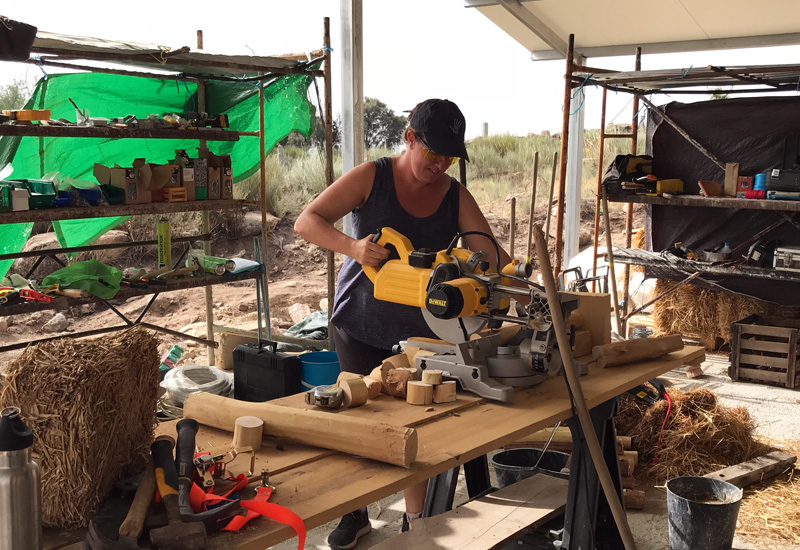
Most natural building courses, in my experience, are very beginner-friendly and open to people with all levels of experience. The inclusiveness is one of the things I love most about the natural building world! In many cases you might get a bit more out of a course if you have some experience with carpentry or certain tools, or know a bit about the materials so you can ask some more advanced questions, but generally things are designed to be accessible. But there will be some courses that might require some previous knowledge or training, so if you’re worried about your skill level, it’s probably wise to clarify what’s expected of students before you book.
Is the course general or specific?
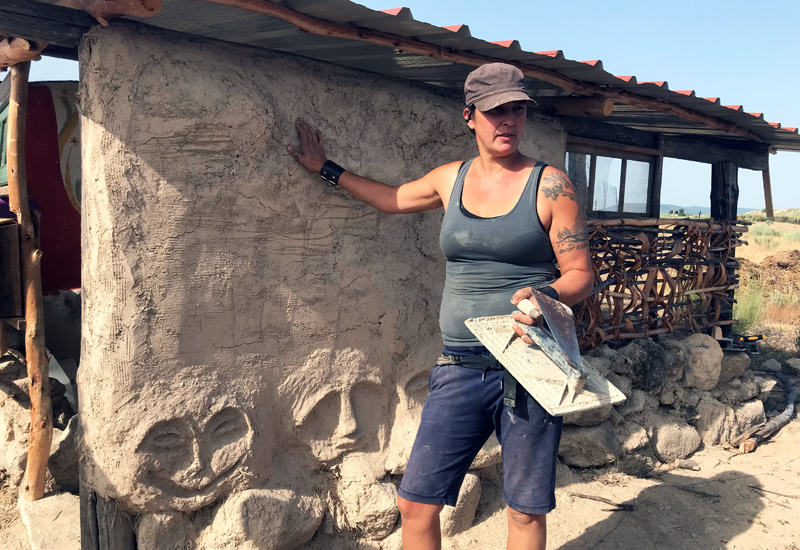
Barbara from Mount of Oaks leads a plastering course at Keela Yoga Farm.
If you’re totally new to natural building, you might find that you’ll get more out of a general course that lets you try and learn about a bunch of different materials and techniques. From there you you can start to decide what materials you like and then dive deeper from there. But if you’re already a fairly experienced natural builder you might find a general course to be a bit boring (if I never do another clay test on a course in my life, it will be too soon) and you might be more suited to an in-depth course on a specific material or style of building.
Try to asses your current level of experience and your interests before you choose a course. A week spent on a generalist course learning about all materials for a short time will be a lot different than one spent specifically building an earth bag dome, or thatching a roof, for example.
Will the course be mostly hands on or demonstrations?
If you want to get your hands dirty and really get a feel for all of the materials (which I totally recommend) then make sure your teacher offers a class with a lot of participation. I’ve actually never heard of a natural building course that wasn’t hands on, working on a small project together – until I found myself on one! The course I took in natural building with bamboo in Costa Rica was, very shockingly to me, one where we mostly sat around watching the teacher do stuff. It was quite boring for me, but the other students seemed to enjoy it so I guess there are plenty of people who prefer a more hands off approach.
Figure out if you’re the type who wants to wake up each morning, work hard, and get dirty while learning by doing, or if you’d prefer to show up in sparkling clean clothes and take photos and videos from afar. These are drastically different approaches to learning and I think this is one of key things to check before booking a course.
How much theory and classroom time will there be?
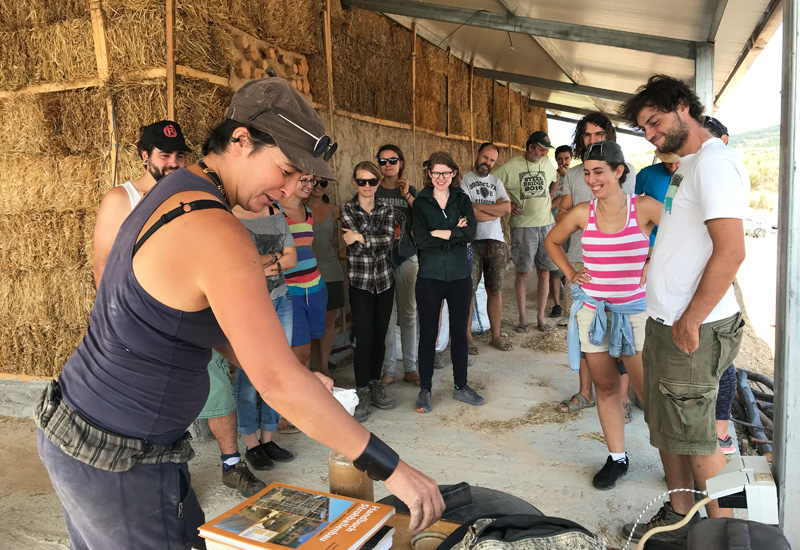
Most of the courses I’ve taken have included at least a bit of classroom time to give an overview of what will be coming in the course, share some background and information on the materials and styles of building, and to teach some theory. Sometimes there are also evening lessons or videos show that expand on what you did that day. I’ve been on one course that didn’t have any theory, classroom time, or even a handout, and I missed having that information. I think some class time, even if it’s minimal, can really set up expectations for the course and give a nice bit of background, especially for total beginners. Having some sort of a book or handout to refer to is also useful.
So if you’d like to go a bit more in-depth with the information provided beyond just asking questions as you do things, having some theory taught in a classroom setting is useful and you might want to check to see if it’s offered on the course. Or if the idea of sitting and listening to your teacher go over things in a classroom sounds hellish, you’ll want to check to see how much time will be spent on this. Some courses are 100% theory which might be a good intro for some people, especially in places that have colder months where no actual building will be happening.
What will each work day look like?
When you’re paying to learn something, especially when you’re living on-site, it’s probably expected that your days will be quite full. Most of the courses I’ve taken have started quite early at around 7:30 or 8am, powering on until 4:30 or 5pm when everyone collapses into a tired mess. There’s usually an extended lunch break in the afternoon (especially in places where it gets crazy hot) that becomes nap time. Being on a natural building course can be pretty full on and tiring! If you enjoy sleeping in or if you don’t like being on a schedule, you’ll want to learn more about how each day will be structured.
Will you be working on an actual building?
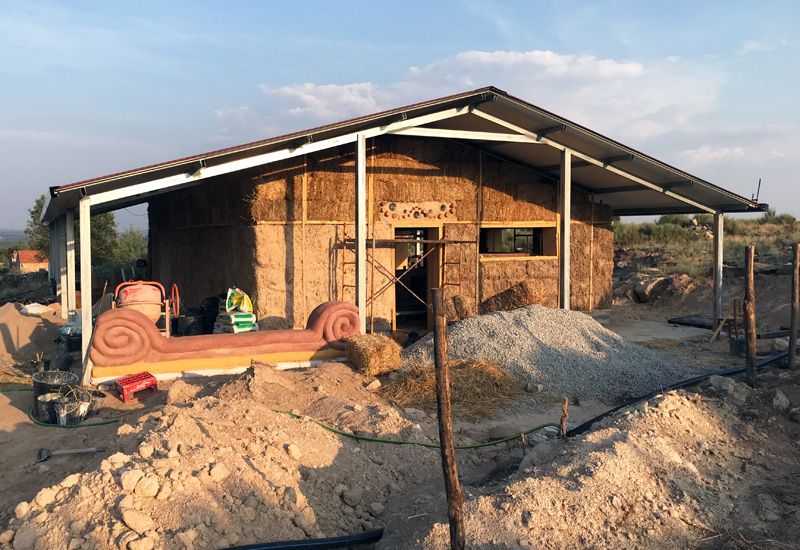
Each natural building course will offer a different experience depending on what you’ll be working on. A general course where you tinker around with many different materials will be different to one where you’re collectively working on an actual building. Ask yourself if you think you’ll learn more by getting to experiment with the materials in a more fluid and less serious way where you can play around and experiment. Or maybe you’re the type who will learn better as part of a more regimented course where there are goals to work towards and minimum standards to achieve as you build an actual structure that will be there for a long time into the future.
I find that working on an actual building allows for lots of real-world issues to be raised along the way and that gets my problem solving brain working. I love the camaraderie of building a thing together with other people and the satisfaction when you accomplish your goals, learning in the process. But I also see the benefits of a less structured course where you’re experimenting with smaller projects or just playing around with the materials on things that might later be disassembled. Figure out what you might like best and check to see what will be offered on the courses you’re interested in.
How strenuous will the work be?
Building work in general can be very heavy and natural building is no different. Some courses will involve only light work, especially if they’re set up more as an observational course than participatory. Most, though, will have several parts that require some heavy lifting and repetitive physical tasks and they can be hard work, especially when you’re up early and working all day on an actual building.
If you’re worried about your physical abilities, ask about how strenuous the work is likely to be. If you’re on a course where the goal is to finish a building, you’ll want to be sure of what’s required because, if you’re not able to work to full capacity, other students will have to pick up your slack. Usually with a bit of advanced notice, teachers will be able to plan tasks that aren’t as physical for certain students, so it’s smart to ask in advance to give them time to prepare for this.
Will the course use any non-natural materials (and do you care)?
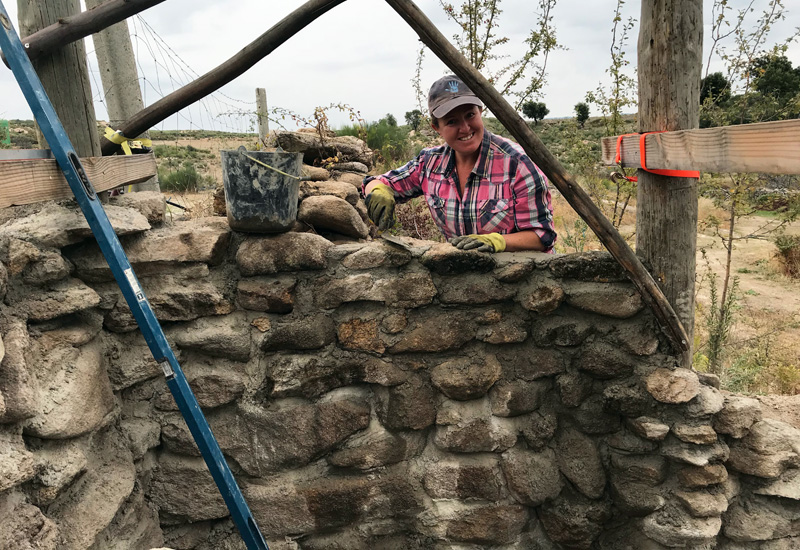
Most natural buildings will have some sort of non-natural materials used in them. Some teachers will explain the need to weigh pros and cons and to think about the whole life of the building and they’ll have reasons for why concrete or plastic or some other material is a good fit in certain parts of the structure. Other teachers will do their best to limit non-natural materials, possibly at the expense of the durability of the building or the time taken to build it (or possibly not). For example, you can make a foundations using cement and concrete blocks or by making a dry stone wall, but each method comes with its own pros and cons.
So if you’re a purist and want your building experience to be 100% natural (or as close as possible) make sure to ask about what non-natural materials might be used. It would be annoying for everyone on the course if one student is cranky the whole time because they learn that some concrete, rebar, plastic, etc will be used in the building. If you chat with your instructor and know up front what materials will be used and the reasons why, then there won’t be any surprises later and you can make an educated choice about whether the course is a good fit for you or not.
What language will the course be taught in?
It could be expected that if a course is advertised in English and the website is in English, the course will also be in English. Alas, apparently this is not always the case! Part of the reason my bamboo course was so boring was because everyone except me spoke in Spanish and the course was taught mostly in Spanish and I had to continually ask for things to be translated. This was despite all of the communication and online material being in English – so you can imagine my confusion. It’s nobody’s fault but my own that I don’t speak Spanish, but had I known that the instructor would mostly be teaching in Spanish I probably wouldn’t have taken the course.
If you’ll be taking a course in a country where they don’t speak your language then make sure to get more information on the language of instruction. It makes total sense that there would be local students who speak in the local language and that the instructor is also likely to teach in that language, so it’s a good idea to double check. Though I do have to say, by the end of my week on the bamboo course I was picking up some Spanish so if you want to improve your language skills, maybe a course taught in another language is a good choice!
What are you required to bring with you?
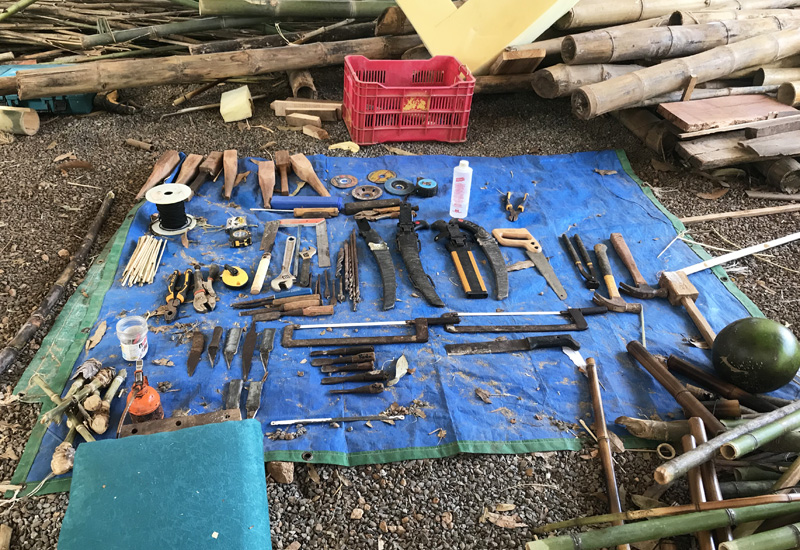
Check and double check to see what items you’re required to bring with you. I say double check because it seems like every course I’ve been on has asked me to bring a simple set of tools and sometimes books, and I never seem to need them.
The bamboo course had a list of items to bring and I didn’t use any of them. This was annoying because I purchased things specifically for the course based on their list. My timber framing course also had a list so I brought my own chisels and other tools, but it turns out that they had lots of tools so I could have saved some space in my luggage had I asked what was essential. I often take courses when I’m travelling so having to pack and carry around a bunch of bulky and heavy things is a pain in the ass, to say the least. If you’re on the road or if you’ll have to buy tools specifically for the course, double check about whether you actually need to bring what’s on their list or if they’ll be kind and provide it for you.
It’s also a good idea to check their website to see if you’re required to bring natural soap, shampoo, sunscreen, and other environmentally friendly toiletries. Natural building is often one piece of a larger permaculture and off grid puzzle where your hosts try to be as kind to their land as possible, so make sure to bring these things if they ask you to use them. Some places will make their own, so it’s worth asking if you can buy from them (and it’s a nice way to give their project a bit of extra support).
What will the living conditions and food be like?
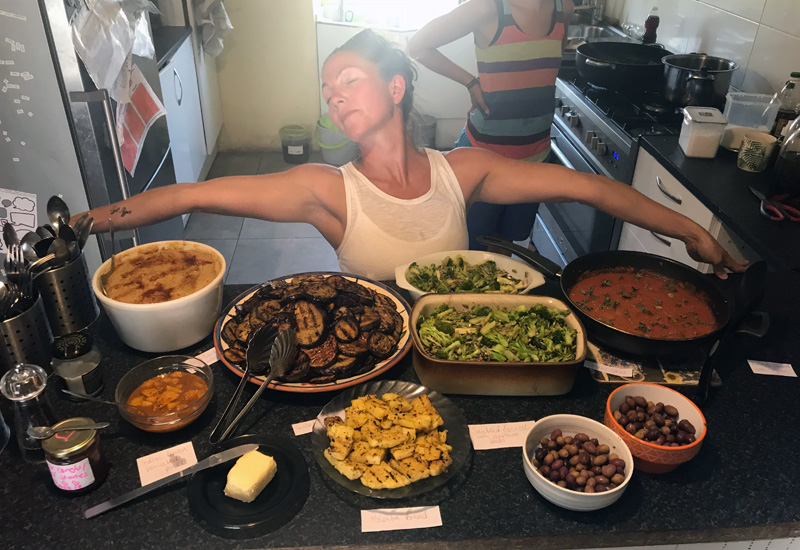
Kimberly from Keela Yoga Farm shows off some of their fabulous food.
Most natural building courses I’ve come across are done at places where you stay on the premises, eating, learning, and getting muddy together for the entire time. This adds an extra element of possibly surprise to any course and you’ll want to make sure that the living conditions will work for you. Some things you might want to ask about include:
- What will the accommodation be and are there options for upgrades?
- What type of food is served and will they accommodate any dietary needs (and preferences)?
- Are there any rules around drinking and smoking?
- Are there places nearby to buy supplies?
- Do they have internet?
- Will you be coming in contact with animals (in case you have allergies or fears)?
- Are there any poisonous creatures or other dangers to be aware of?
- Is it possible/safe to bring children and is child care offered?
- Where do you poop (this is for the people afraid of compost toilets)?
Natural building courses are often set in rural areas and if you’re used to city life or a bit more of a high maintenance type of person, make sure the living conditions will be ok for you.
Are any activities included and what is there to do in your spare time?
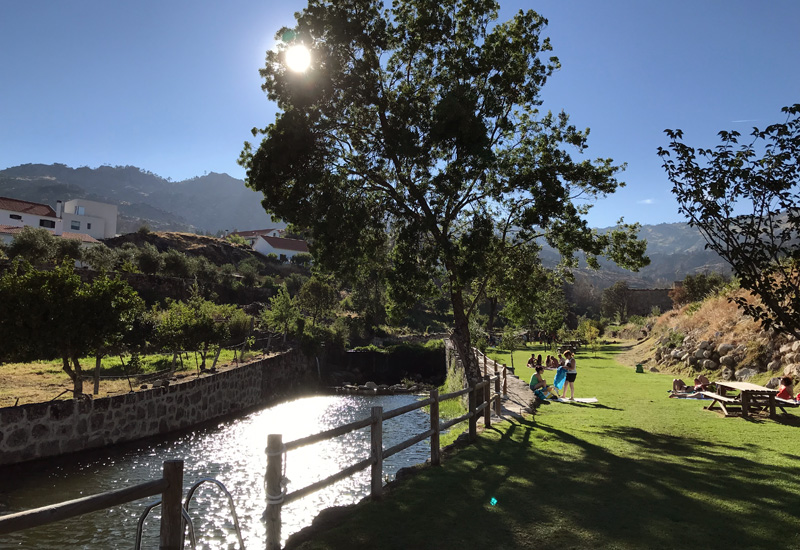
If you’re the type who needs to be doing something all the time, you might want to ask more about what there is to do in the area, especially if you don’t have your own car. Some courses I’ve seen have included day trips to look at natural buildings in the area or out to an interesting tourist attraction or places to hike and swim. Yoga, meditation, fermentation, and other classes are also common – sometimes included, sometimes at an extra cost. It’s also common for courses to have talks or events scheduled some evenings or a party at the end to wrap up the course.
If the place hosting the course is isolated, you might also want to ask about what’s in the area that you can walk to (though, in my experience, a day of building can be quite exhausting). I know that I enjoy being in rural places and spending time reading, chatting, and relaxing in my spare time but if you need a bit more stimulation then make sure to see what there is to do during your downtime.
What are the online reviews like? Are they willing to put you in touch with former students?
When in doubt… read reviews! Sometimes you’re just on the fence and all you need is a gentle push. When you’re really not sure, have a poke around the internet to see what others have written or browse through reviews on Google and Facebook. If you’re really struggling to make a decision, ask if they’ll put you in touch with some former students (and beware if they won’t) who will hopefully be able to give unbiased answers to your questions and resolve any concerns.
Summary
Ok so I think I got a bit carried away! If you bombarded any teacher with this many questions, they might think twice about wanting you as a student! This ridiculously long list of questions exists mainly to get you first thinking about what’s important to you and what type of course will make a good fit, and then to make sure you’re prepared and not for too many surprises when you start the course.
I hope this article is helpful and that you find an awesome course that’s perfect for you! If you think I missed anything, please let me know in the comments!


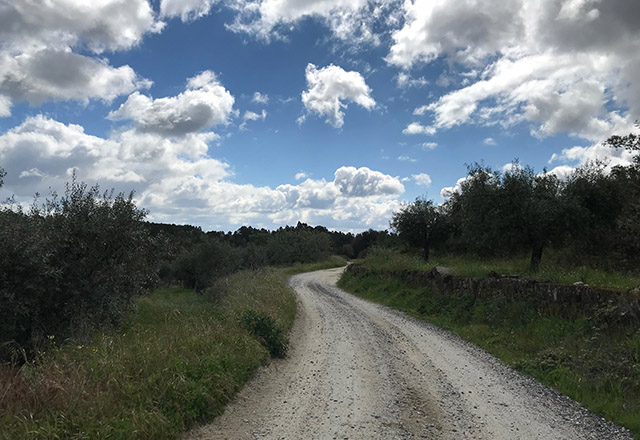
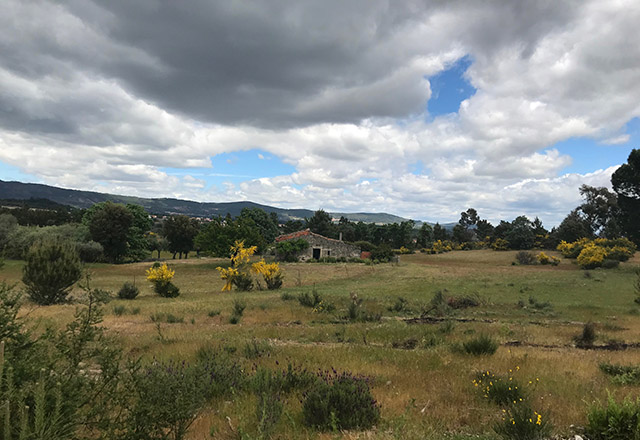
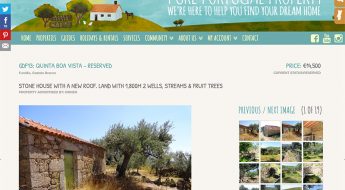
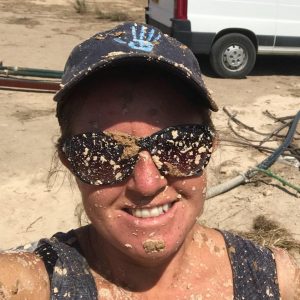
Leave a Comment